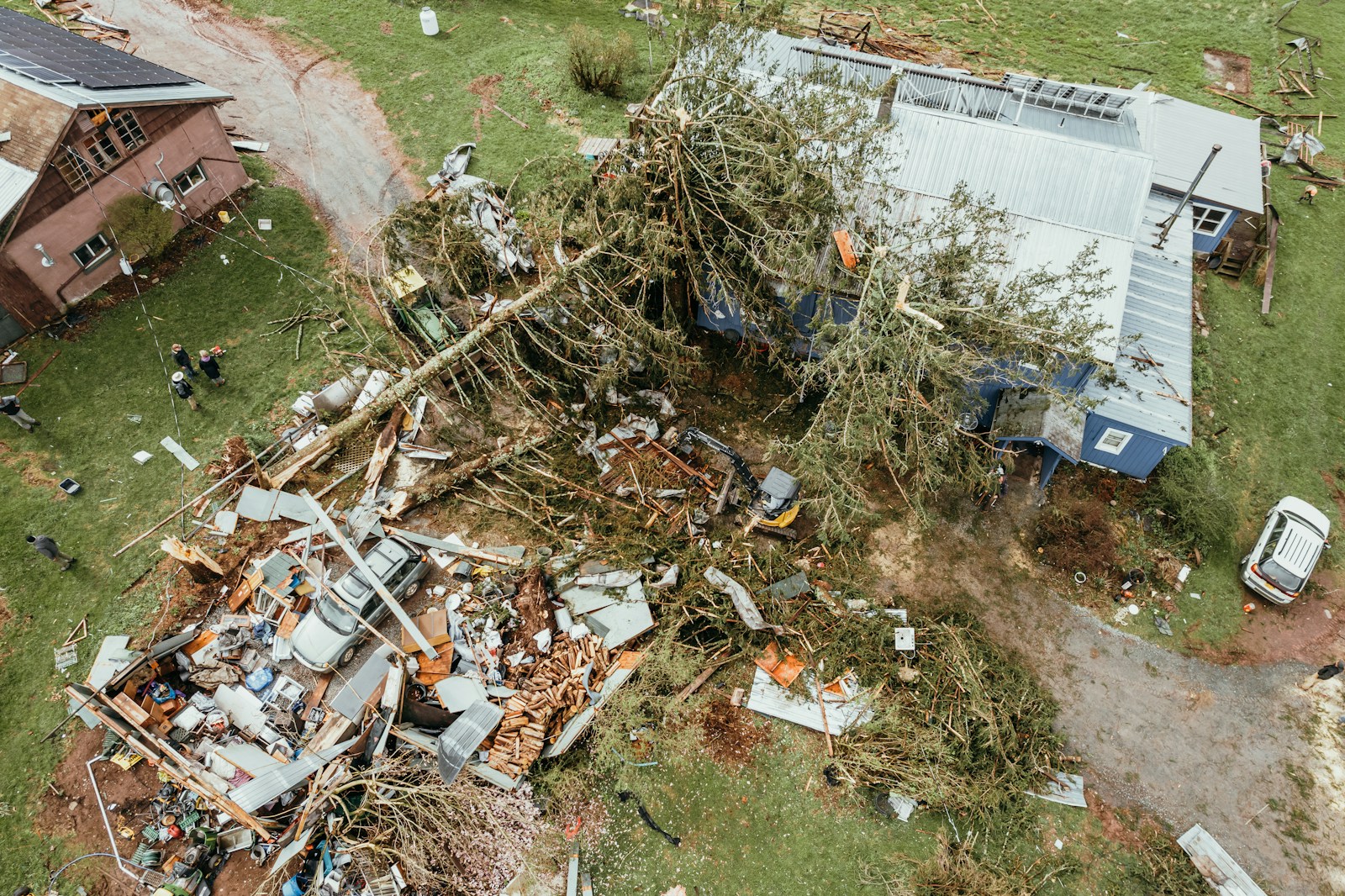
Understanding the Claims Process: What to Do After Property Damage?
Experiencing property damage can be overwhelming. However, knowing the correct steps to take in the aftermath can help you navigate the claims process more efficiently. Consider the following essential steps:
Prioritize Safety
First and foremost, prioritize the safety of anyone involved. If property damage is severe (e.g., storm damage), evacuate the premises immediately and call emergency services. For damage resulting from criminal activity, like vandalism or theft, contact the police right away. Obtaining a police report can be critical for supporting your insurance claim.
Contact Your Insurance Company
Notify your insurance company at the earliest opportunity following property damage. Many insurers have 24/7 hotlines for reporting claims. Provide your insurer with the date and cause of the damage and follow their instructions on the next steps.
Document the Damage
Once it is safe to do so, document the damage thoroughly. Take clear photographs and videos of all affected areas and items. This visual evidence can be crucial when filing your claim. Next, make temporary repairs to prevent further damage, such as covering broken windows or placing a tarp over a damaged roof. However, avoid making permanent repairs until after an insurance adjuster has assessed the damage.
Meet with the Adjuster
Your insurance provider will likely send an adjuster to assess the extent of the damage. Be ready to show them the documented evidence and provide any additional information they need. The adjuster’s report can play a significant role in determining the success of your claim.
Homeowners Insurance in Center, TX
Navigating the claims process after property damage can be challenging, but understanding the steps involved can make it more manageable. Remember, each insurance policy is different; the team at Shoop Insurance can review your coverage so you know what to expect in the event of property damage. Contact us today to find out more.
This blog is intended for informational and educational use only. It is not exhaustive and should not be construed as legal advice. Please contact your insurance professional for further information.
Categories: Home Insurance
